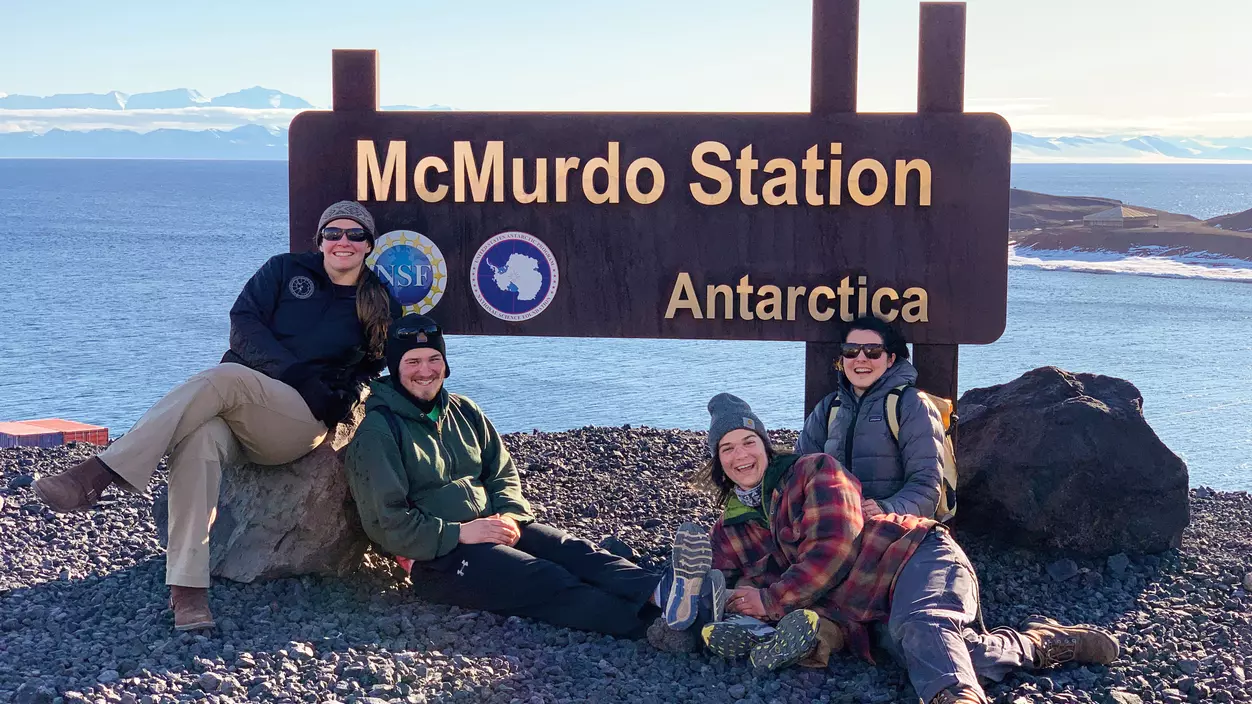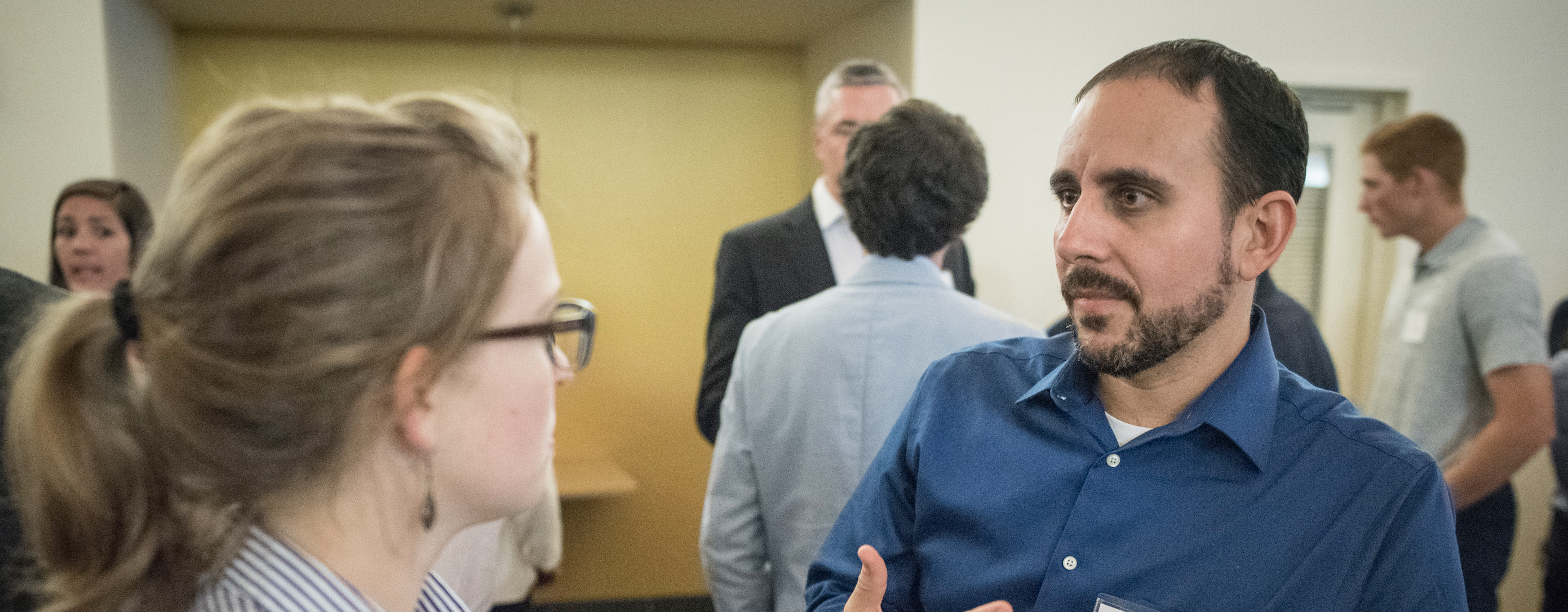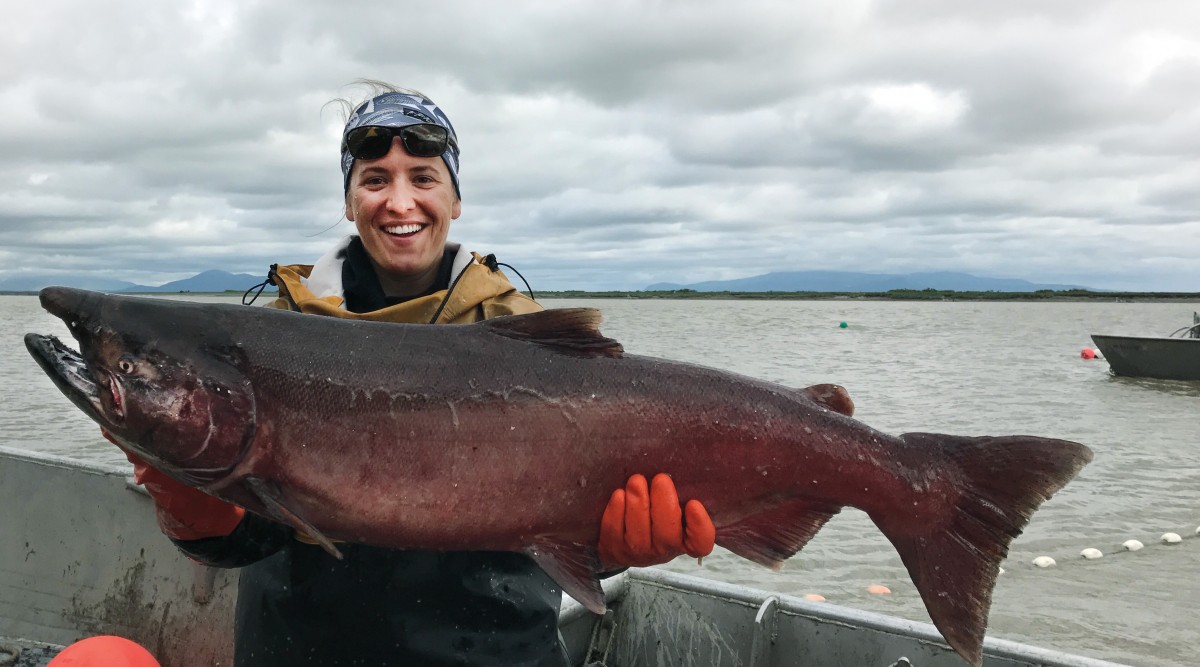Becca Ebert ’16:
I was working as a paralegal and planning on going to law school—I’m in law school now at Georgetown. And I wanted this transition time to do something that’s not working in front of a computer. I thought, What would be the opposite of working in front of a computer? And it was Antarctica.
Lexie Carey ’11:
McMurdo is the largest of the United States’ Antarctic research stations. In the Antarctic summer, between roughly October and February, the population might get up to 1,100 people. I spend a lot of the rest of the year in the interior of Alaska, working at Denali National Park, so people joke that I’m the only one who thinks it’s crowded down there. I handle a lot of the hazardous waste, since the Antarctic Treaty states that any waste has to be shipped back to its country of origin. It’s a lot of fuel, batteries, even things like exit signs and smoke detectors. We label it and load it onto shipping containers to be sent back to California, and then delivered throughout the country.
Ebert:
I worked more with solid waste like recycling and landfill items. But you can be a janitor or a hairdresser, too, and of course there are the scientists. There’s a post office, and there’s a couple of bars and a coffee house. There were open-mic nights—you’d be like, “That’s my friend, the NASA scientist, playing bass right now.” And beers cost three dollars, which was nice coming from Seattle! Everything’s so normal, and yet so surreal —I’d wake up, go to work, hang out with friends, but then see penguins.












